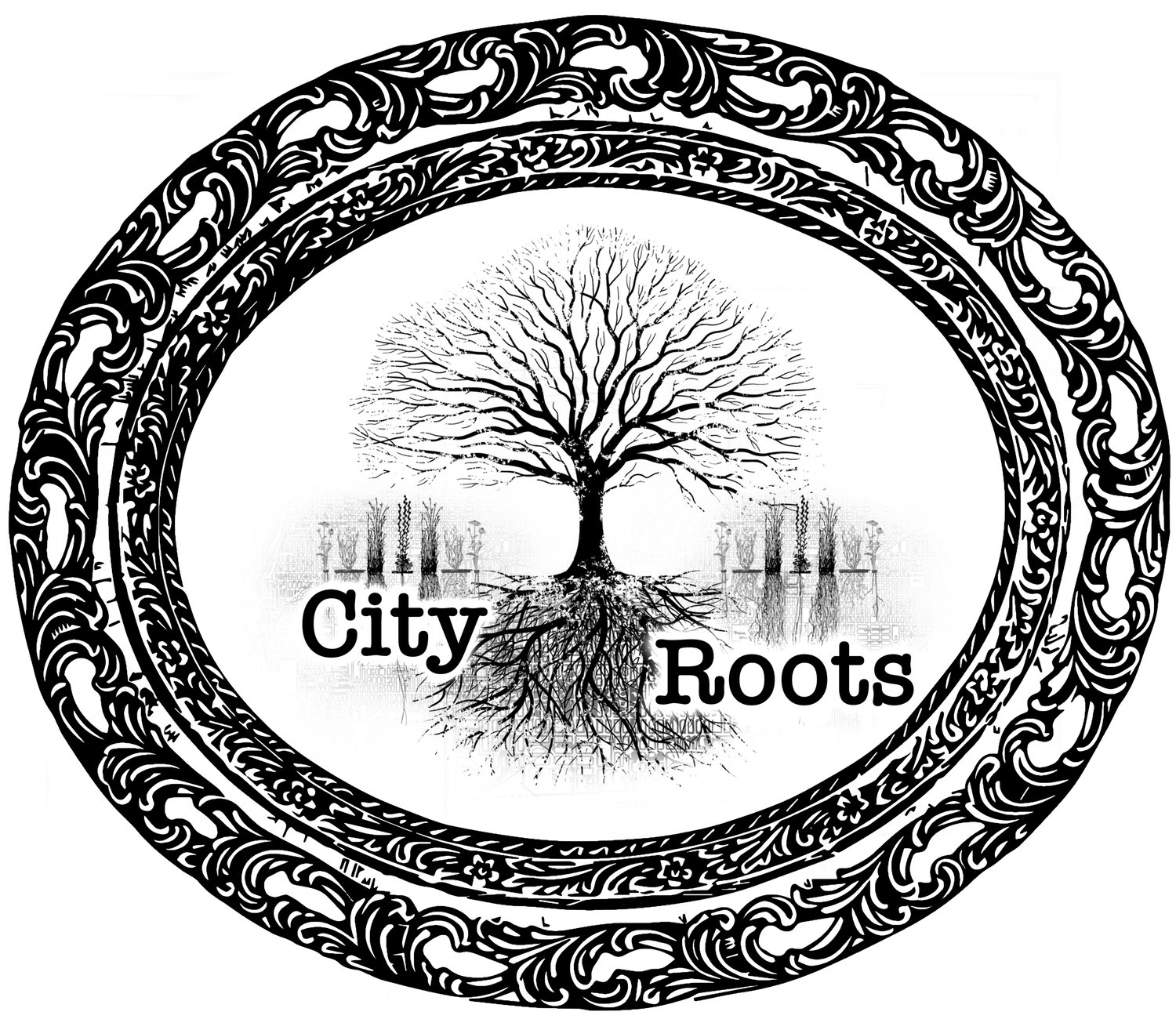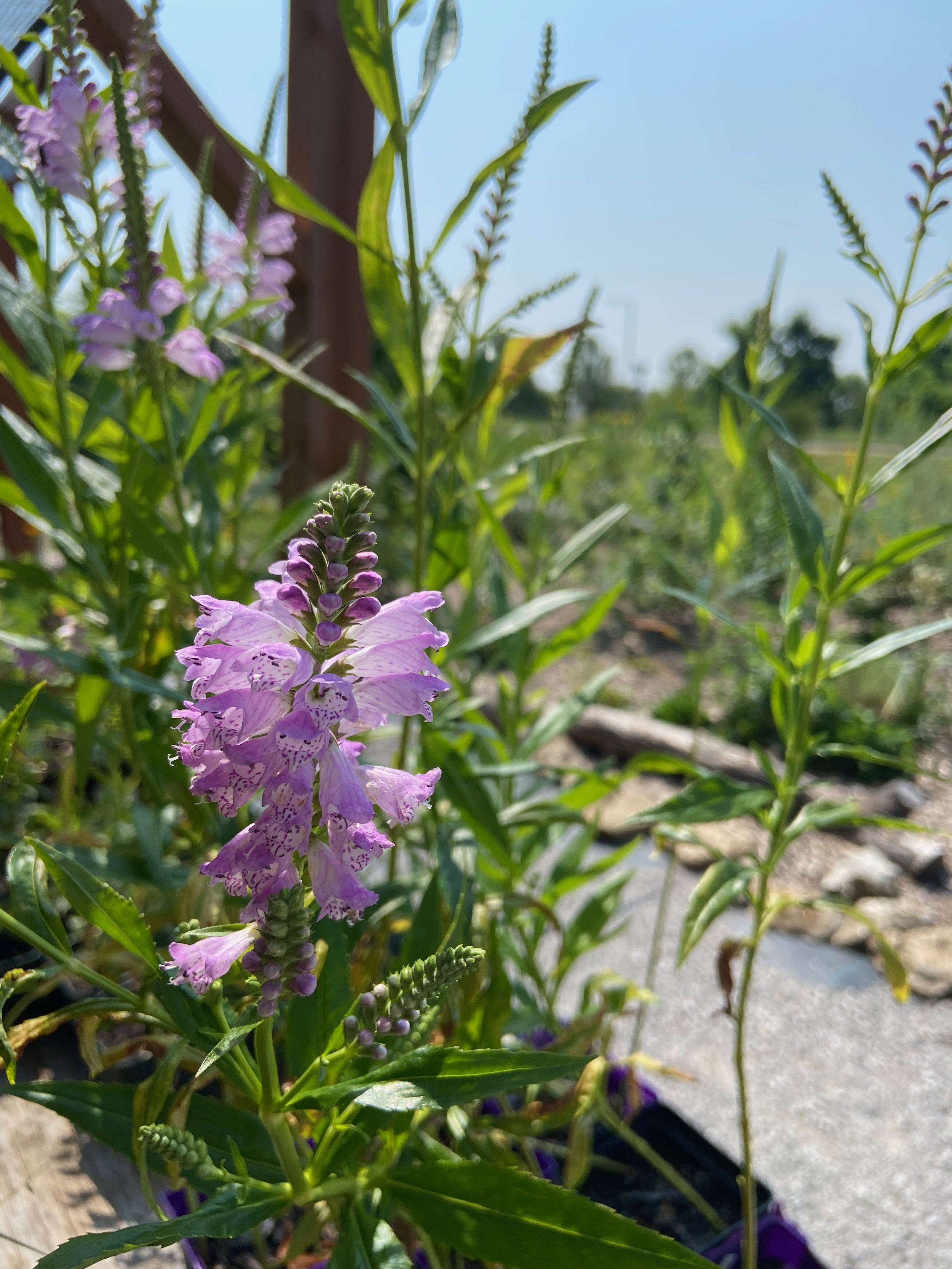Amorpha canescens / Lead Plant
Type: Perennial legume
Native Habitat: dry prairies, open woodlands
Light: Full to part sun
Soil: dry to medium well drained to sandy soil
Growth: 2’-3’ tall 2’-3’ wide
Bloom: Purple from July-Sept
Spreads: Does not spread, or reseed well in urban or suburban landscapes
Benefits: attracts bees, butterflies, flies, moths, beetles, drought resistant, deer resistant
Additional info: Lead plant has some of the deepest roots of any plant on the prairie. This makes it a great plant for soil restoration and drought tolerance. Lead plant forms into a small shrub, but can die back completely in cold winters. It is a somewhat organized plant that spread slowly, so it does well in more formal native plantings.
Design suggestions: Can be used as a small shrub in formal, or naturalized plantings. Blooms better in full sun than in part shade, but is a beautiful addition to part shade gardens due to it’s nice leaf texture.
Type: Perennial legume
Native Habitat: dry prairies, open woodlands
Light: Full to part sun
Soil: dry to medium well drained to sandy soil
Growth: 2’-3’ tall 2’-3’ wide
Bloom: Purple from July-Sept
Spreads: Does not spread, or reseed well in urban or suburban landscapes
Benefits: attracts bees, butterflies, flies, moths, beetles, drought resistant, deer resistant
Additional info: Lead plant has some of the deepest roots of any plant on the prairie. This makes it a great plant for soil restoration and drought tolerance. Lead plant forms into a small shrub, but can die back completely in cold winters. It is a somewhat organized plant that spread slowly, so it does well in more formal native plantings.
Design suggestions: Can be used as a small shrub in formal, or naturalized plantings. Blooms better in full sun than in part shade, but is a beautiful addition to part shade gardens due to it’s nice leaf texture.
Type: Perennial legume
Native Habitat: dry prairies, open woodlands
Light: Full to part sun
Soil: dry to medium well drained to sandy soil
Growth: 2’-3’ tall 2’-3’ wide
Bloom: Purple from July-Sept
Spreads: Does not spread, or reseed well in urban or suburban landscapes
Benefits: attracts bees, butterflies, flies, moths, beetles, drought resistant, deer resistant
Additional info: Lead plant has some of the deepest roots of any plant on the prairie. This makes it a great plant for soil restoration and drought tolerance. Lead plant forms into a small shrub, but can die back completely in cold winters. It is a somewhat organized plant that spread slowly, so it does well in more formal native plantings.
Design suggestions: Can be used as a small shrub in formal, or naturalized plantings. Blooms better in full sun than in part shade, but is a beautiful addition to part shade gardens due to it’s nice leaf texture.






